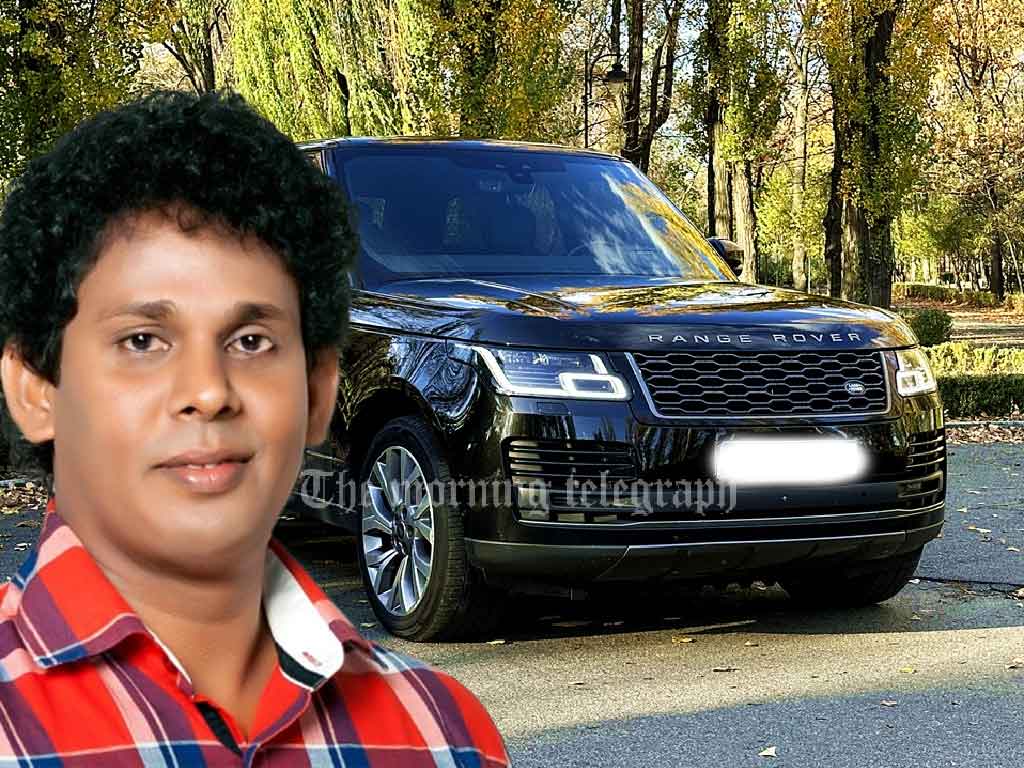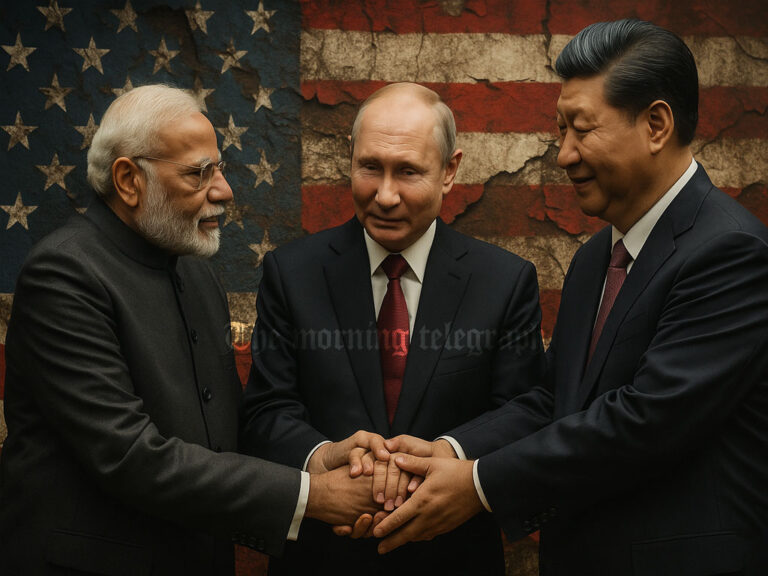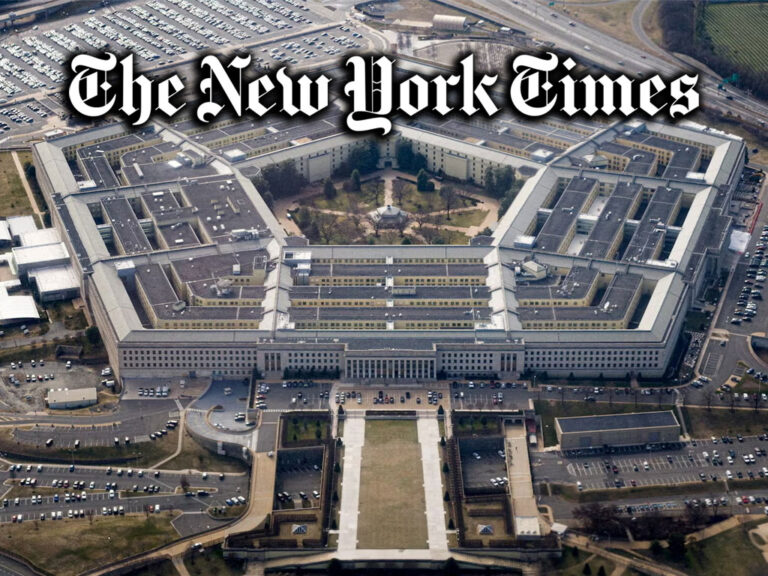
Minister of Trade, Commerce, Cooperatives, and Food Security, Wasantha Samarasinghe, has responded to allegations regarding his use of a Range Rover, clarifying the circumstances that led to him driving the luxury vehicle. He explained that the Range Rover was used as a temporary replacement when the double cab vehicle he typically uses was sent for maintenance.
In an interview with a weekend newspaper, Minister Samarasinghe provided details about the ministry’s official vehicle fleet and the reasons behind his choice of transportation.
“I don’t drive a Range Rover for commuting. Our ministry has a fleet of vehicles. If we take the vehicles in that official fleet, there are two V8s, one BMW, and that Range Rover—four vehicles in total. In addition, we have to find a vehicle that can be driven for official duties. Out of these, the double cab is the one that is usually driven. When that double cab is sent for repair, there is no other vehicle available to use,” he said.
The minister also highlighted the inefficiency of the other vehicles in the fleet, noting their high fuel consumption. “The V8 can run only four kilometers per liter of petrol. The BMW can run four and a half to five kilometers. So, the ministry secretary tells me, ‘Sir, I will not give you another vehicle. Use the one you have,’” Samarasinghe explained.
He further emphasized that the ministry is not seeking luxury vehicles but rather practical ones for official use. “We are asking for a simple vehicle. We usually go in double cabs. When that cab is sent for repair, we have to use another vehicle. There are three other Discovers parked in one place, and another car that has been damaged. These are the results of former ministers’ actions. Therefore, we are looking for a vehicle that can be used for official duties,” he added.
Minister Samarasinghe’s explanation comes amid public scrutiny over the use of high-end vehicles by government officials. His remarks aim to clarify the logistical challenges faced by the ministry and the necessity of using available vehicles when primary options are unavailable.
The minister’s comments also shed light on the broader issue of fuel efficiency and the need for practical, cost-effective transportation solutions within government operations. As the discussion continues, the focus remains on balancing official needs with public expectations regarding the use of resources.




